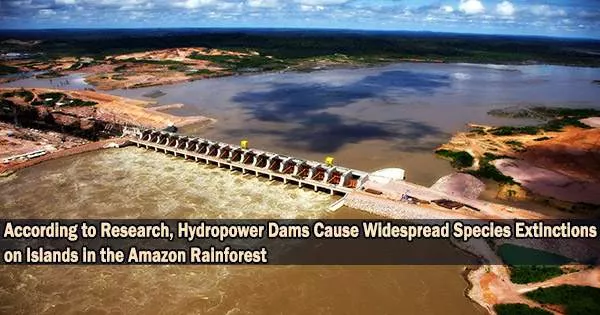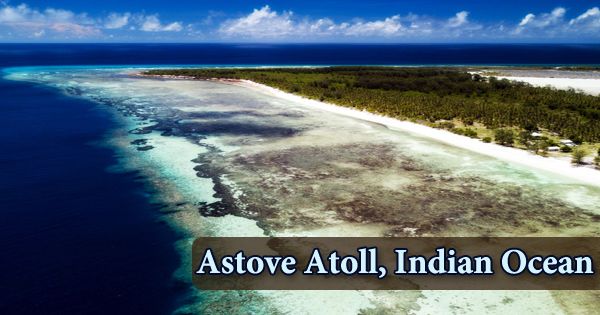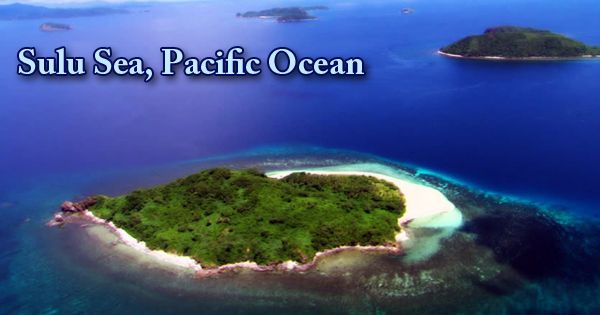The ongoing biodiversity catastrophe is being driven by deforestation, habitat loss, and fragmentation, with hydropower responsible for much of this degradation. River damming often floods large low-elevation areas in lowland tropical forests, whereas former ridgetops frequently become isolated forest patches.
In a recent study, researchers from the UEA, Portugal, and Brazil employed network theory to analyze how tropical forest biodiversity is impacted by insular habitat fragmentation. This method views species and habitat patches as interconnected, whole-landscape-scale entities, forming a network of species and habitats.
The study, “Emergent properties of species-habitat networks in an insular forest landscape,” is published today in the journal Science Advances.
The Balbina Hydroelectric Reservoir, one of the biggest in South America, produced 22 habitat patches, including three continuous forest areas and forest islands. Eight biological categories, including mid-sized to large mammals, tiny non-flying mammals, understorey birds, reptiles, frogs, dung beetles, orchid bees, and trees, were represented by the 608 species studied.
The study showed that widespread species extinction, particularly in large-bodied species, was occurring, but that this differed across various categories of plants, vertebrates, and invertebrates. Only a small number of islands held the most diversity, which was determined by island size.
As large tropical forest tracts are fragmented and isolated into little habitat patches, they become increasingly rare. The loss of bigger forest sites will have the most effects, possibly leading to secondary extinctions of species that are confined to a single location or have more demanding spatial needs.
More than 3,000 islands were created 35 years ago due to the Uatumã River damming, and by studying these we were able to understand the functioning of such a complex and rich human-modified landscape.
Dr. Carine Emer
The loss of smaller sites is also anticipated to result in secondary extinctions since small forest patches proportionally support more species than one or a few bigger patches of equal total area.
Prof Carlos Peres, co-author of the study, is Professor of Environmental Studies at UEA. He said: “Tropical developing countries are still hellbent on creating vast hydropower reservoirs under the banner of ‘green’ energy.”
“This is a double-jeopardy because we lose both the unique lowland biodiversity and the carbon stocks of the now inundated old-growth forests. Such actions also generate a powerful methane pump, never mind the huge financial costs of mega-dams compared to diffuse in-situ electrification based on low-impact renewables.”
“We need a much better strategic dialogue between sustainable energy security and biodiversity conservation, particularly in the world’s most biodiverse emergent economies.”
Dr. Ana Filipa Palmeirim, a researcher from CIBIO-University of Porto, led the study, which investigated a complex landscape as a single unit. She said:
“This approach allowed us to unveil previously unknown patterns, such as the simplification of the network structure and changes in important network parameters due to the loss of species affected by the dam.”
Dr. Carine Emer, a co-author of the study from the Rio de Janeiro Botanical Garden, said: “The beauty of this study lays in the combination of sophisticated network and statistical analyses, with the natural history of high-quality species inventories from an astonishing tropical living lab.”
“More than 3,000 islands were created 35 years ago due to the Uatumã River damming, and by studying these we were able to understand the functioning of such a complex and rich human-modified landscape.”
The study was a collaboration between UEA in the UK; the Research Centre in Biodiversity and Genetic Resources (CIBIO) and the University of Porto, in Portugal; the Research Institute of the Rio de Janeiro Botanical Garden; the State University of Santa Cruz; the State University of Mato Grosso; and the Farroupilha Federal Institute of Education, Science and Technology, in Brazil.
The study would not be possible without the logistical support provided by the staff of the Biological Reserve (REBIO) of Uatumã.
















